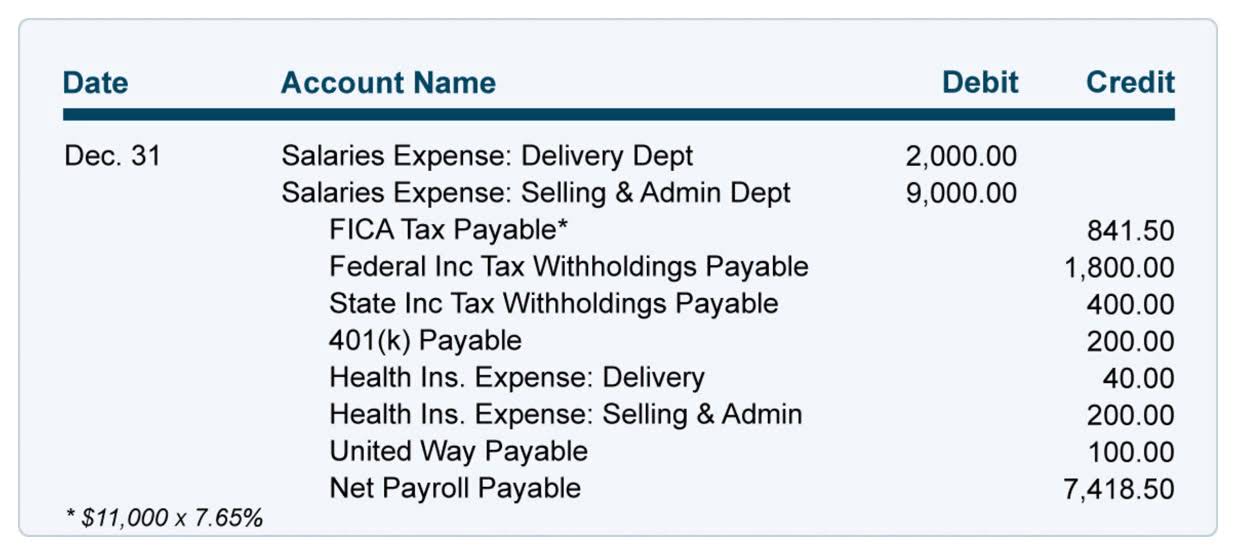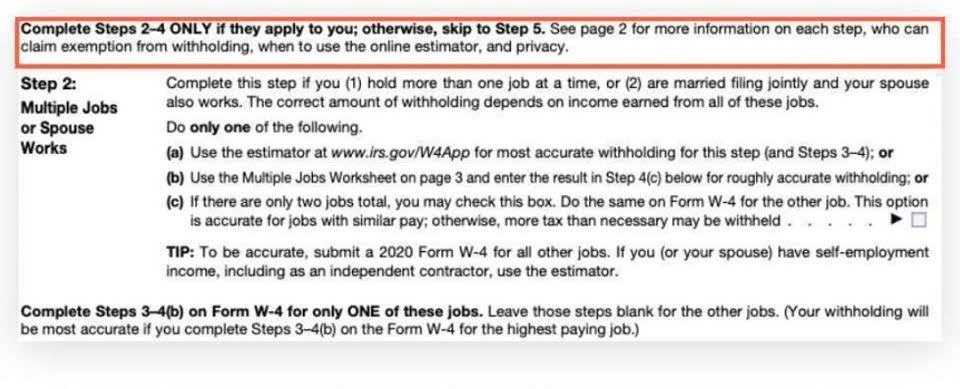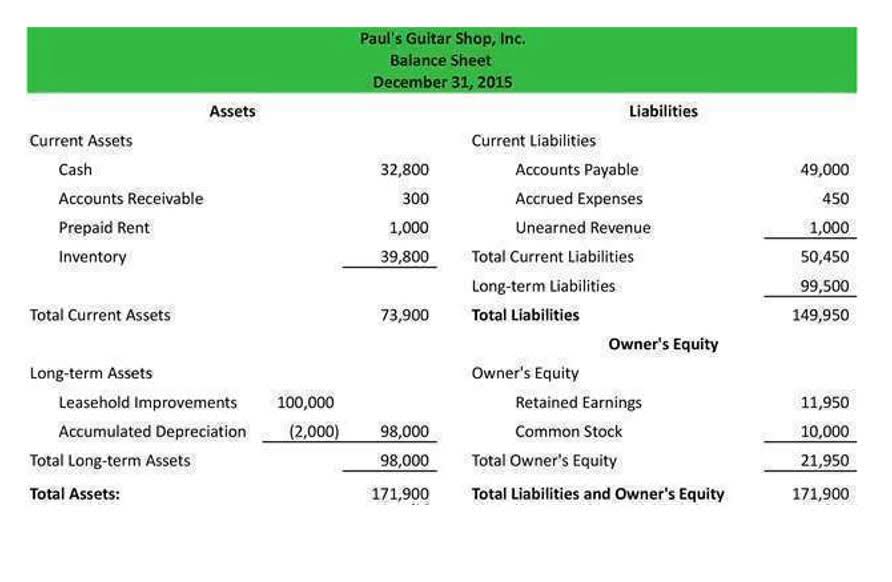
If the company were to liquidate, shareholders’ equity is the amount of money that would theoretically be received by its shareholders. Venture capitalists (VCs) provide most private equity financing in return for an early minority stake. Sometimes, accounting a venture capitalist will take a seat on the board of directors for its portfolio companies, ensuring an active role in guiding the company. Venture capitalists look to hit big early on and exit investments within five to seven years. An LBO is one of the most common types of private equity financing and might occur as a company matures.
Accounting Crash Courses

It can be defined as the total number of dollars that a company would have left if it liquidated all its assets and paid off all of its liabilities. When calculating the shareholders’ equity, all the information needed is available on the balance sheet – on the assets and liabilities side. The total assets value is calculated by finding the sum of the current and non-current assets. Equity represents the ownership interest in a company and is calculated by subtracting total liabilities from total assets.
- The mistake of neglecting a company’s potentially dilutive securities—i.e.
- Equity is an important concept in finance that has different specific meanings depending on the context.
- Current liabilities are debts that are due for repayment within one year, such as accounts payable and tax obligations.
- For instance, a company with a large average total equity relative to its market capitalization may be undervalued, suggesting a potential investment opportunity.
Example of Company Equity

He is a CFA charterholder as well as holding FINRA Series 7, 55 & 63 licenses. He currently researches and teaches economic sociology and the social studies of finance at the Hebrew University in Jerusalem. The major and often largest value assets of most companies are their machinery, buildings, and property. Accounts receivable lists the amounts of money owed to the company by its customers for the sale of its products. Let’s say your friend owns a successful robot lawn mowing business (“think of it as a Roomba for grass,” he tells you) that you want in on. You were broke when the company first incorporated last year, but you have some extra cash now that you’d love to invest in the company.

Shareholders Equity Formula
For example, if a company takes on a loan of $50,000, it would increase the company’s total liabilities by $50,000. If the company’s total assets remain the same, the increase in liabilities would directly decrease the company’s equity by $50,000. For example, if a company purchases a piece of machinery for $100,000, it would increase the company’s total assets by $100,000. If the company’s total liabilities remain the same, the increase in assets would directly increase the company’s equity by $100,000. Equity can be classified into different types based on the source of the funds.
How to Calculate Owner’s Equity
- Accounts receivable lists the amounts of money owed to the company by its customers for the sale of its products.
- Total liabilities are obtained by adding current liabilities and long-term liabilities.
- Shareholder equity alone is not a definitive indicator of a company’s financial health.
- Of the 50.4 million shares authorized, the company had issued roughly 15.1 million shares.
- The shareholders’ equity number is a company’s total assets minus its total liabilities.
- In other words, the cost of debt is lower for established companies operating in mature low-risk markets, albeit the notion that the automotive industry is not at risk of disruption is misinformed.
The amount of equity one has in their residence represents how much of the home they own outright by subtracting from the mortgage debt owed. Equity on a property or home stems from payments made against a mortgage, including a down payment and increases in property value. total equity formula In the initial phases of a start-up business, equity is typically low or even negative. This is because start-up businesses often require significant investments and may incur losses before becoming profitable.


Once all liabilities are taken care of in the hypothetical liquidation, the residual value, or “book value of equity,” represents the remaining proceeds that could be distributed among shareholders. Long-term liabilities are obligations that are due for repayment over periods longer than one year. Companies may have bonds payable, leases, and pension obligations under this category. Long-term assets are possessions that cannot reliably be converted to cash or consumed within a year. They include investments; property, plant, and equipment (PPE), and intangibles such as patents. This figure not only offers insight into bookkeeping and payroll services a company’s capital structure but also serves as a baseline for numerous other financial ratios and analyses.
Shareholders’ Equity
By using the above calculation, one can calculate the total asset of a company at any point in time. Conceptually, stockholders’ equity is useful as a means of judging the funds retained within a business. If this figure is negative, it may indicate an oncoming bankruptcy for that business, particularly if there exists a large debt liability as well.
Step 2: Gather your financial statements
If a balance sheet is not available, another option is to summarize the total amount of all assets and subtract the total amount of all liabilities. The balance sheet is a very important financial statement for many reasons. It can be looked at on its own and in conjunction with other statements like the income statement and cash flow statement to get a full picture of a company’s health.

